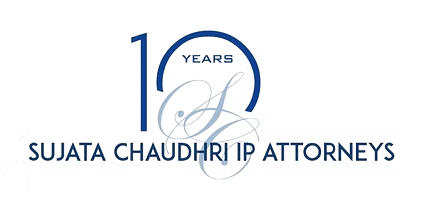4 Tips to Guarantee Responses Online
Your CTA doesn’t have to be long with fancy words. In fact, it should be the opposite!

Imagine you have written a beautiful email, carefully crafted to ensure that your client or recipient firm will be compelled to read and respond to you. The email is short and sweet, and has a powerful hook to intrigue the reader.
Then, you tragically end your email with a simple “Thank you, and I look forward to hearing from you!”
The momentum is gone, and the objective of the email is muted. This is why the call-to-action, or CTA, is so important. The CTA takes the contents of your email, and encourages the reader to take immediate action regarding the next steps of your customer generation journey.
Of course, CTAs exist outside of emails too - in fact, they are everywhere! You will see CTAs on posters, brochures, pitch decks, websites, and quite literally any sort of marketing or advertising material.
This article seeks to highlight 4 points to consider when writing your CTA.
- Types of CTAs
As mentioned above, CTAs can be found in different locations. They also come in different forms. A few examples are listed below.
- Buttons. Buttons are usually found on websites to encourage lead generation. “Find out more”, “get free demo now”, “get a quote” are all CTA buttons you can usually find on a website.
- Links. In the case you are sending an email to your lead, you will probably use links to craft your CTA. For instance, you could link them to a calendar page so they can set up a call with you, or if you could also link them to your website (even to specific pages on your website like the services page or the client contact form).
- Questions. A carefully crafted CTA question would prompt a response out of your lead. “When are you free this week for a call?”, “When would you like to get started this week?” and “Would this service be something your firm would be interested in?” are all CTAs that trigger your website visitor to respond in a way that is not merely “yes” or “no”.
- Word choice - should be easy, not too long or complicated
Your CTA doesn’t have to be long with fancy words. In fact, it should be the opposite - the words you use in your CTA should be easy to understand, and definitely not too long or complicated. They should be short and to the point, so strong action words (verbs) are generally recommended. Examples include “Sign up now”, “Get a quote now”, “Learn about our services today”, and “schedule a call now”.
- Match your copy with preceding content
Whatever your objective is, your CTA should be the next logical step. If you are contacting a client who has already had a call with you, it wouldn’t make sense to include a calendar link CTA - rather, you could consider the services page link, or a question CTA asking them when they would like to get started or if they have any concerns about your services.
- Testing different CTAs
Finally, you should make your CTAs measurable (you should be able to track how successful your CTAs are). With analytical tools, you will be able to compare the number of people who have visited your website vs. the number of clicks you got on your website. Similarly, you can also measure how many people have clicked on your CTAs through email in comparison to how many people have received your email. A/B test different CTAs, and test the winning CTA with a new CTA (then you continue the cycle).
As important as the CTA is, you should know that this is not the sole factor in generating clients and website visitors. Another skill to have is the art of the follow-up, which you can learn more about here from this short article we’ve put together for you.
If you would like to learn more about business development for your trademark practice, please feel free to book a free video call with us here.
Receive the latest articles, IP insights, and offers from WeCrest.
We respect your time and inbox hygiene.



.png)




